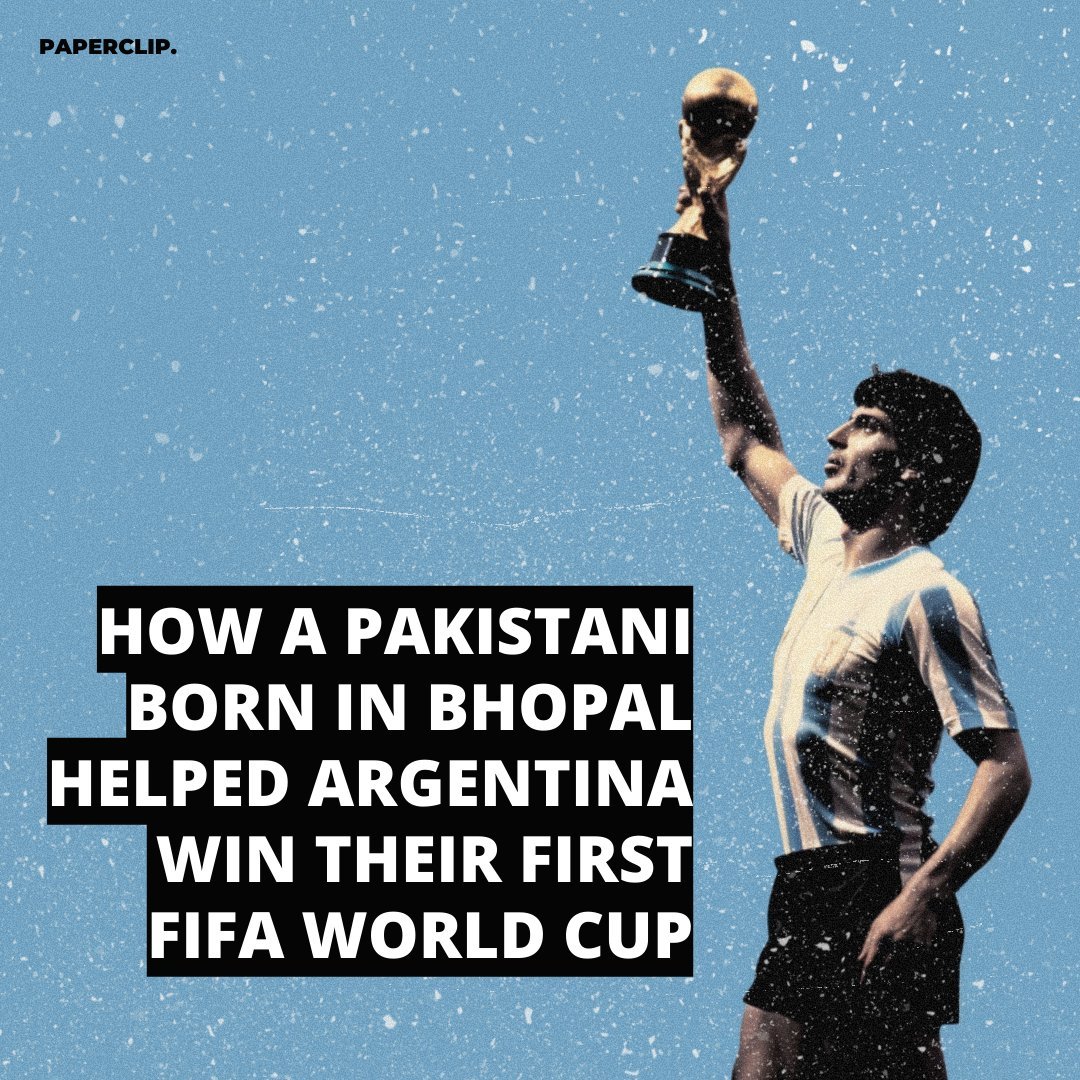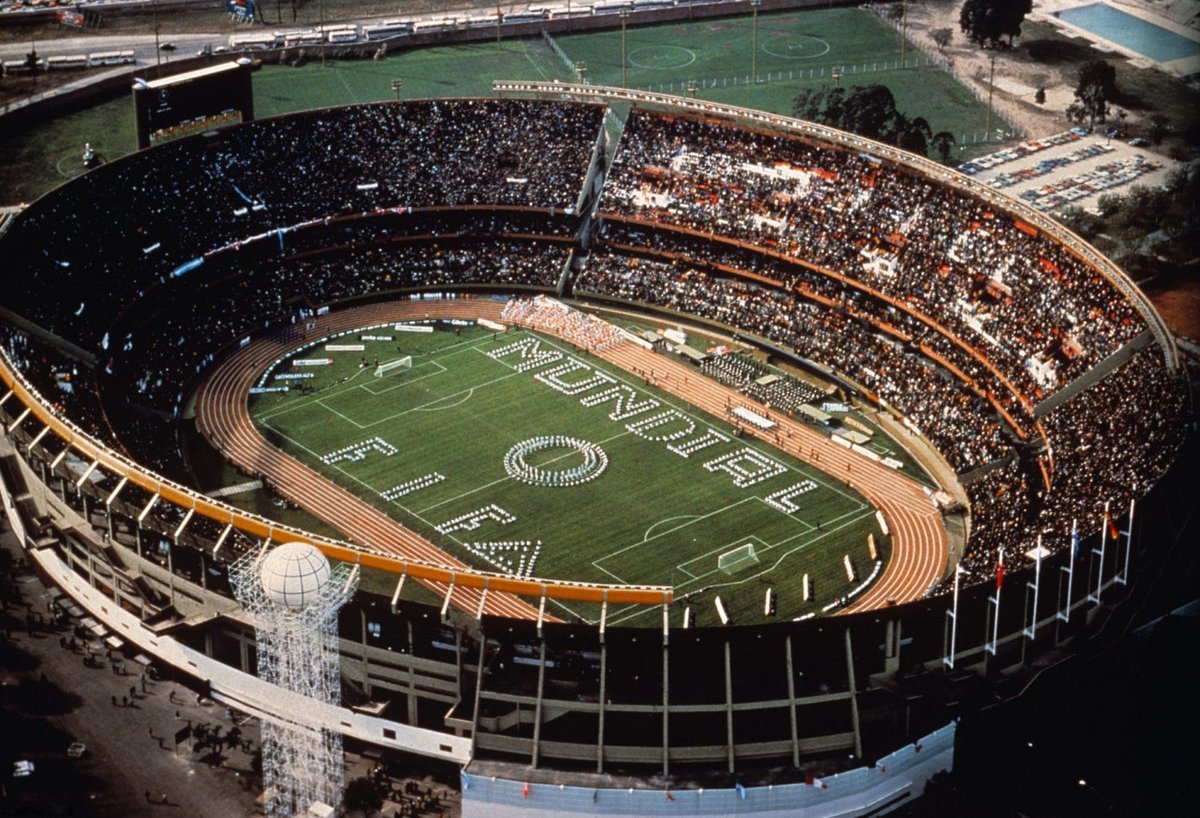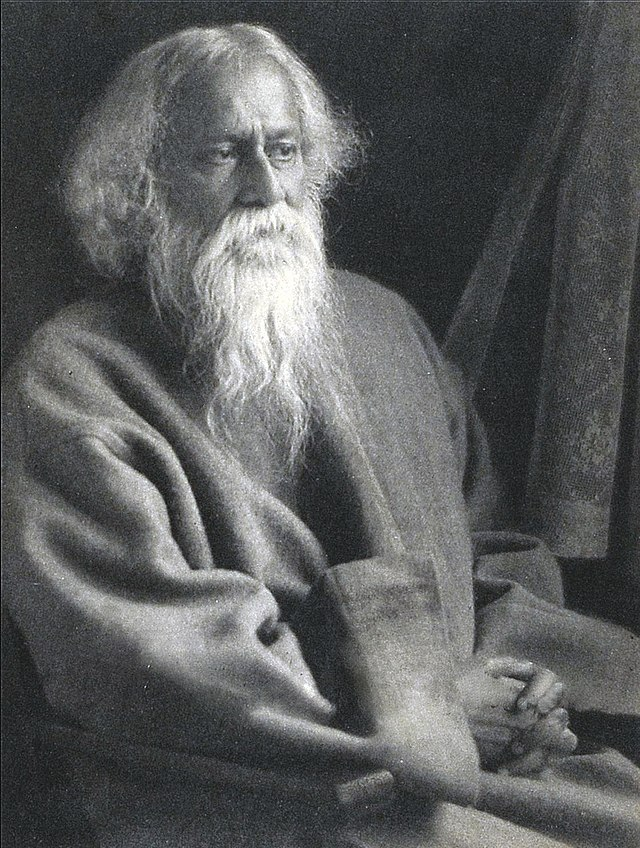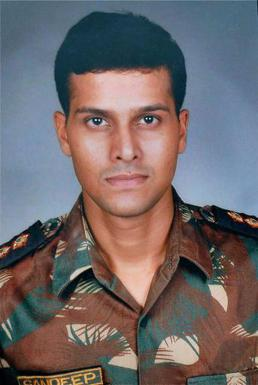What connects Jean-Georges Noverre, Kamal Singh, the 18-year-old son of an e-rickshaw driver from Southwest Delhi, and the Bollywood movie ABCD (Any Body Can Dance)? The answer is Ballet, the acme of all dance forms. 1/15 #InternationalDanceDay 

Each year April 29 is celebrated as the International Dance Day to commemorate the birthday of Jean-Georges Noverre (also known as “the Shakespeare of the dance”), widely considered the creator of ballet d'action. 2/15 

Originating in the royal courts of medieval France, ballet went on to acquire greater virtuosity in the grand theatres of Europe and Russia. 3/15 

However, in India, it has often been written off as an elitist indulgence — ideal for little girls over the weekend, but never to be pursued as a profession. 4/15
The first of many to break the bias was Tushna Dallas, one of India's leading contemporary dancers, who founded The School of Classical Ballet and Western Dance in Mumbai in 1966 with only 4 students. Five decades later, they have over 300 enrolments. 5/15 

Yana Lewis, another force to reckon with, came to India from the UK in 1998 to learn yoga, discovered the connect between ballet and Indian classical dance forms. 6/15 

She ended up founding the Lewis Foundation of Classical Ballet in Bengaluru, affiliated to the Imperial Society of Dance Teachers, UK. 7/15
An impossible dream sowed its first seeds when teenaged Kamal Singh watched the Bollywood movie Any Body Can Dance in 2016. 8/15 

Kamal was mesmerised and a bit perplexed with the fluid elegance of ballet he saw on the big screen in contrast to the traditional Sikh family dancing of exuberant bhangra moves. 9/15
Grabbing the opportunity of a free trial class at the Imperial Fernando Ballet Company, he started his first lessons at 17 in a classical dance form that professionals begin practising between 5 and 8 years. 10/15 

Thanks to a successful crowdfunding campaign that has raised enough money, Singh was able to pursue his ballet dream and became the first Indian to be accepted into the English National Ballet School in London. 11/15 

Singh’s determination paved the path for countless Indians to explore the unimaginable. 12/15
Priyanshi Parikh, at 13, performed a solo from Swan Lake on the international stage and became the first ballet dancer trained in India to participate at the Asian Grand Prix against 300 dancers from 15 countries.13/15 

On June 10, 2017, 15-year-old ballet dancer Amiruddin Shah, son of a welder from a Mumbai slum had won a spot at the prestigious American Ballet Theatre's Jacqueline Kennedy Onassis School in New York. 14/15 

Although it took more than two centuries for Jean-Georges Noverre’s art to reach India, the people across the country are slowly taking the Shakespearean moves to the grand stage of international theatres with grace. Better late than never. 15/15
Sources: international-dance-day.org/internationald…
mediaindia.eu/diaspora/kamal…
thehindu.com/entertainment/…
newindianexpress.com/cities/bengalu…
vice.com/en/article/889…
mediaindia.eu/diaspora/kamal…
thehindu.com/entertainment/…
newindianexpress.com/cities/bengalu…
vice.com/en/article/889…
If you find this thread interesting then do tell us or show us your favourite dance move in the comments.
• • •
Missing some Tweet in this thread? You can try to
force a refresh













